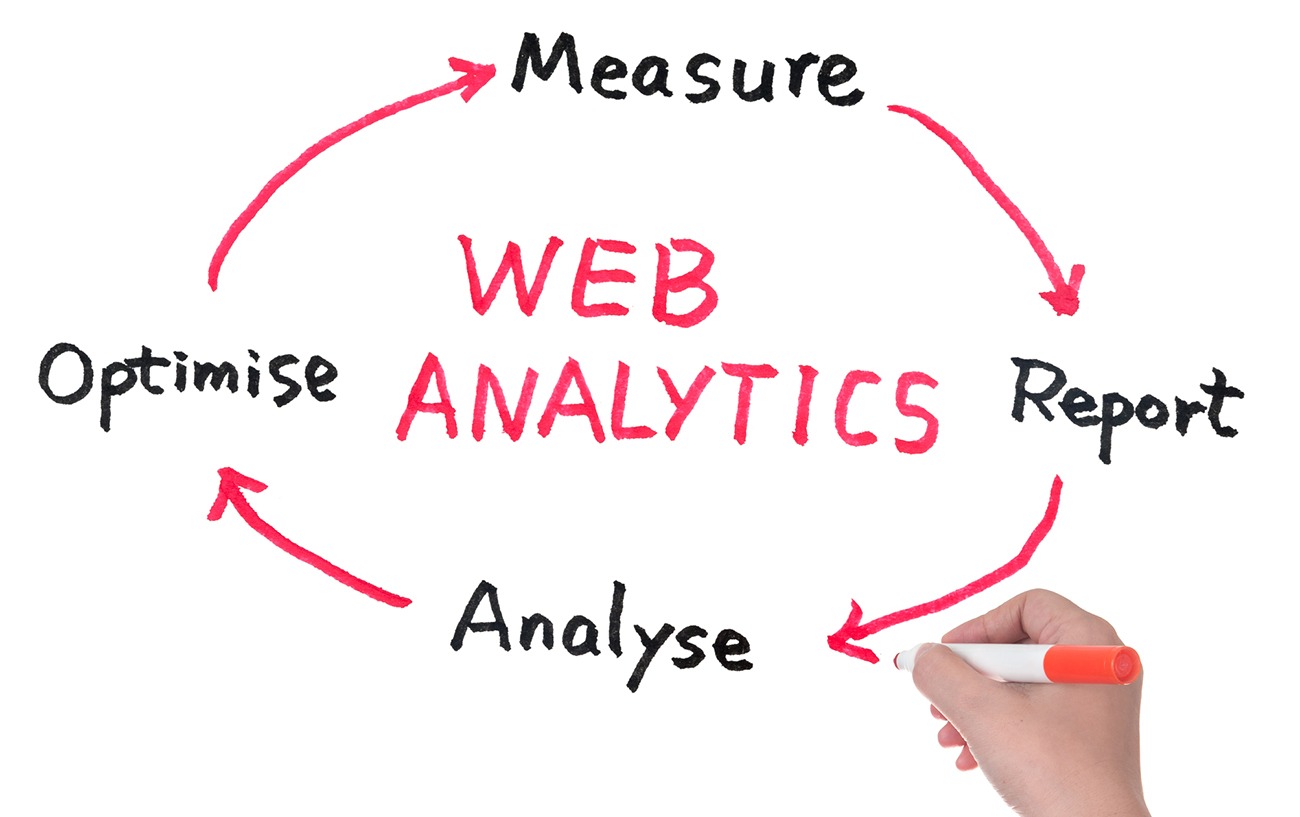Table of Contents
ToggleIntroduction
In today’s era of digital marketing, it’s no longer just about creativity; it’s about data-driven decisions. Marketing insights and analytics have become essential tools for businesses to understand consumer behavior, evaluate marketing effectiveness, and predict future trends. This blog post will delve into why marketing insights matter, how various types of analytics can improve your strategies, and present mind map ideas to help structure your marketing approach.
Marketing Insights: Why They Matter
Marketing insights are the key to understanding the ever-evolving customer landscape. They provide valuable information about consumer preferences, buying behavior, and trends. By interpreting these insights, businesses can make smarter, data-driven decisions that not only help in marketing but also in refining product development and customer service.
Types of Marketing Analytics
Marketing analytics is a process of gathering and analyzing data to enhance decision-making. There are four main types of marketing analytics that businesses use:
Descriptive Analytics: Descriptive analytics is used to understand past performance. It answers the question: “What happened?” By analyzing historical data, such as website visits, social media interactions, and sales data, marketers can gain insights into the effectiveness of their campaigns.
Predictive Analytics: Predictive analytics looks forward and uses historical data to predict future outcomes. It answers the question: “What’s likely to happen?” Marketers can predict trends, customer behavior, and even potential market disruptions, helping businesses prepare proactively.
Prescriptive Analytics: Prescriptive analytics goes a step further by suggesting actions to improve future performance. It answers: “What should we do?” This type of analysis helps businesses develop strategies to optimize marketing efforts, from improving customer acquisition to increasing conversion rates.
Diagnostic Analytics: Diagnostic analytics focuses on investigating the reasons behind specific outcomes. It answers: “Why did this happen?” By digging deeper into underperforming campaigns or unexpected outcomes, businesses can identify problems and adjust accordingly.
Ideas for Marketing Analytics Strategy
To effectively organize and visualize your marketing analytics approach, here are a few ideas:
Data Collection & Sources:
- CRM Data (Customer Relationship Management)
- Social Media Insights (Facebook, Instagram, LinkedIn)
- Web Analytics (Google Analytics)
- Surveys & Customer Feedback
- Market Research Reports
Customer Segmentation:
- Demographic Segmentation: Age, gender, income, etc.
- Behavioral Segmentation: Purchase history, browsing behavior
- Psychographic Segmentation: Interests, values, lifestyle
- Geographic Segmentation: Location-based targeting
Campaign Performance Metrics:
- Conversion Rates (how many people take action)
- Cost Per Acquisition (CPA)
- Customer Lifetime Value (CLV)
- Return on Investment (ROI)
Tools & Platforms:
- Google Analytics for web performance tracking
- HubSpot for inbound marketing
- SEMrush for SEO insights
- Mailchimp for email campaigns
- Tableau for data visualization
Data Visualization & Reporting:
- Dashboards for a quick overview
- Heatmaps to analyze user behavior on websites
- Funnel Analysis to track conversion points
- Custom Reports to tailor insights for specific campaigns
Actionable Tips to Improve Marketing Analytics
- Use A/B Testing: Test different versions of your ads, landing pages, or emails to identify which ones perform better.
- Leverage Customer Feedback: Use surveys, reviews, and interviews to collect qualitative data and complement your quantitative metrics.
- Focus on KPIs (Key Performance Indicators): Track the metrics that matter most to your business objectives. Prioritize ROI, conversion rates, and customer retention.
- Automate Data Collection: Reduce manual data collection efforts by using automation tools to ensure real-time, accurate data.
- Stay Current with Trends: Keep an eye on evolving trends in analytics and marketing technology to stay ahead of competitors.
Conclusion
Marketing insights and analytics are no longer optional for businesses—they are essential for achieving competitive advantage. By leveraging the right types of analytics, utilizing mind maps to organize your strategy, and continuously optimizing based on data, your business can unlock new levels of marketing success. The insights you gather today will shape the strategies you implement tomorrow, driving long-term growth and innovation.



